Jackfruit Harvest Guide: How And When To Pick Jackfruit
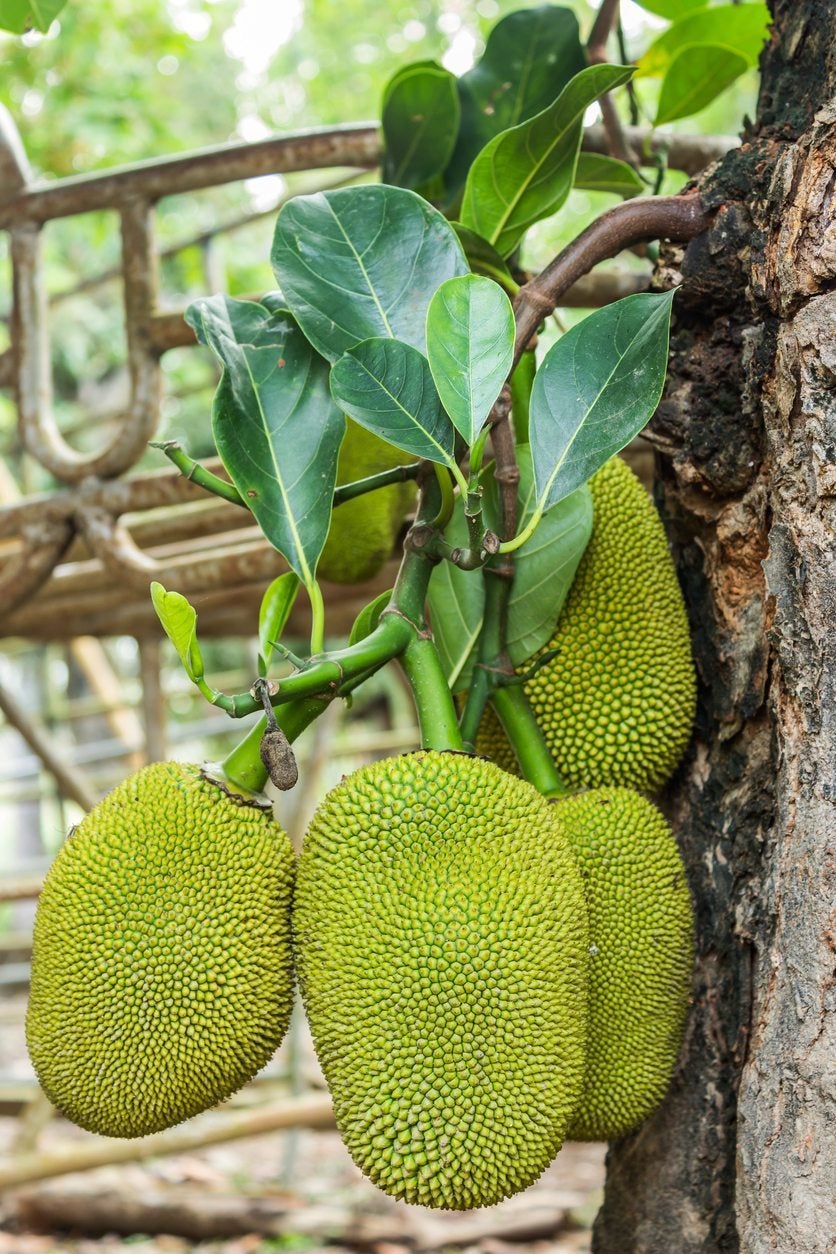
Most probably originating in southwest India, jackfruit spread into southeast Asia and on to tropical Africa. Today, harvesting jackfruit occurs in a variety of warm, humid regions including Hawaii and southern Florida. It is important to know exactly when to pick jackfruit for a number of reasons. If you start picking jackfruit too soon, you’ll get a sticky, latex covered fruit; if you start the jackfruit harvest too late, the fruit begins to deteriorate rapidly. Keep reading to find out how and when to harvest jackfruit properly.
When to Pick Jackfruit
Jackfruit was one of the earliest cultivated fruits and is still a staple crop for subsistence farmers in India to southeast Asia, where it is also used for timber and medicinal uses. A large fruit, most come into ripening in the summer and fall, although an occasional fruit may ripen during other months. Jackfruit harvest almost never happens during winter months and early spring. About three to eight months after flowering, start checking the fruit for ripeness. When the fruit is mature, it makes a dull, hollow noise when tapped. Green fruit will have a solid sound and mature fruit a hollow sound. Also, the spines of the fruit are well developed and spaced, and slightly soft. The fruit will emit an aromatic aroma and the last leaf of the peduncle will yellow when the fruit is mature. Some cultivars change color from green to light green or yellowish brown as they ripen, but color change is not a reliable indicator of ripeness.
How to Harvest Jackfruit
All parts of a jackfruit will ooze sticky latex. As the fruit ripens, the quantity of latex lessens, so the riper the fruit, the less of a mess. The fruit can also be allowed to leach out its latex prior to harvesting jackfruit. Make three shallow cuts in the fruit a few days before harvesting. This will allow the majority of the latex to ooze out. Harvest the fruit with clippers or loppers or, if picking jackfruit that is high up on the tree, use a sickle. The cut stem will exude white, sticky latex that can stain clothing. Be sure to wear gloves and grungy work clothes. Wrap the cut end of the fruit in a paper towel or newspaper to handle it or just lay it to the side in a shaded area until the flow of the latex stops. Mature fruit ripens in three to ten days when stored at 75 to 80 degrees F. (24-27 C.). Once the fruit is ripe, it will start to degrade rapidly. Refrigeration will slow the process and allow ripe fruit to be kept for three to six weeks.
Gardening tips, videos, info and more delivered right to your inbox!
Sign up for the Gardening Know How newsletter today and receive a free copy of our e-book "How to Grow Delicious Tomatoes".

Amy Grant has been gardening for 30 years and writing for 15. A professional chef and caterer, Amy's area of expertise is culinary gardening.
-
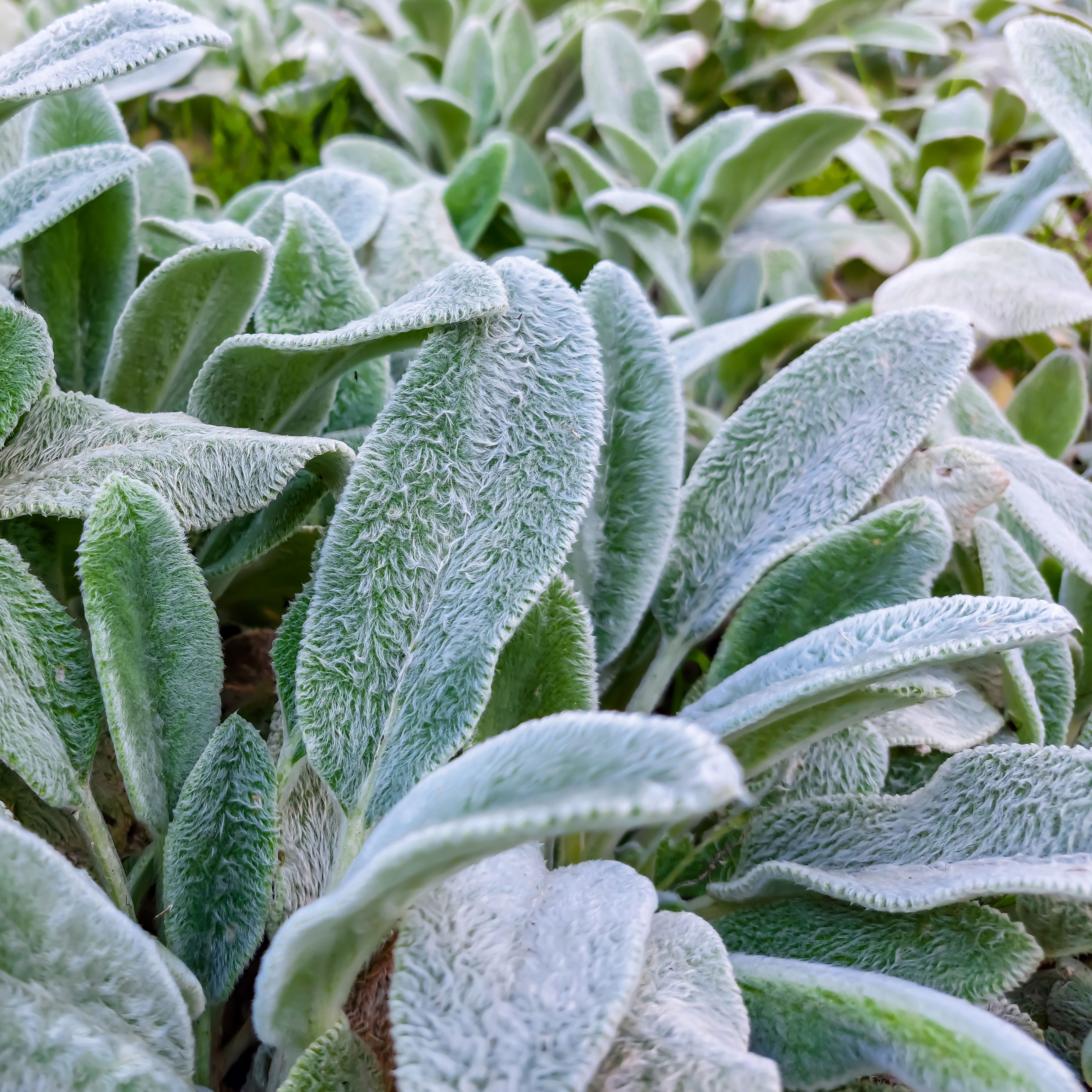 Looking For Plants To Give You The Soft And Fuzzies? Try These 5 Fuzzy Leaf Plant Options
Looking For Plants To Give You The Soft And Fuzzies? Try These 5 Fuzzy Leaf Plant OptionsLovers of texture, drama, silver foliage and tactile plants will adore these special sensory garden additions. These fuzzy leaf plant options will leave you all aglow
By Susan Albert
-
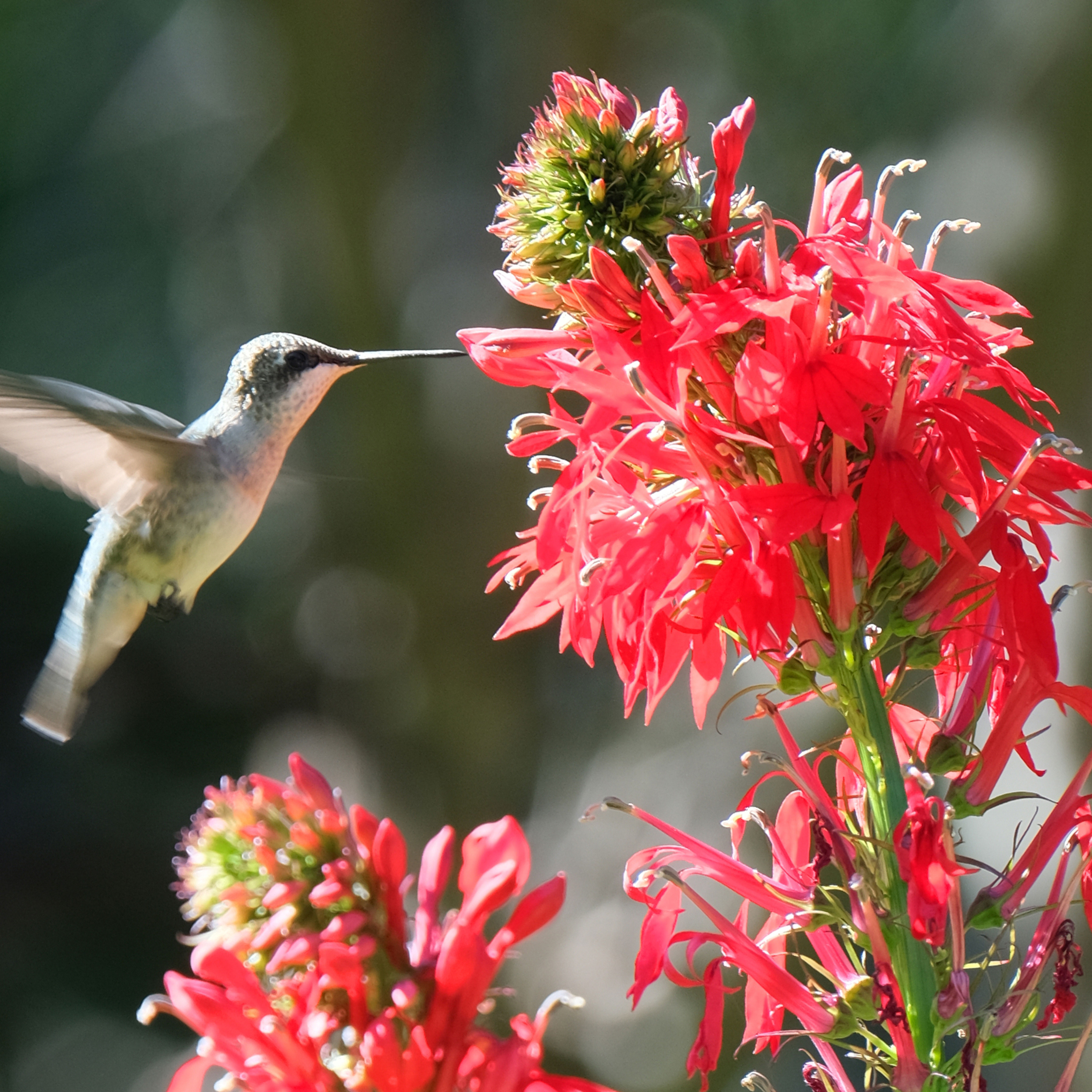 Get Ready For A Summer Of Hummers! Grow These Full Sun Hummingbird Plants and Flowers
Get Ready For A Summer Of Hummers! Grow These Full Sun Hummingbird Plants and FlowersIf you’re lucky enough to enjoy a sunny backyard, make sure you are maxing out on your pollinator opportunities and grow these full sun hummingbird plants and flowers
By Tonya Barnett
-
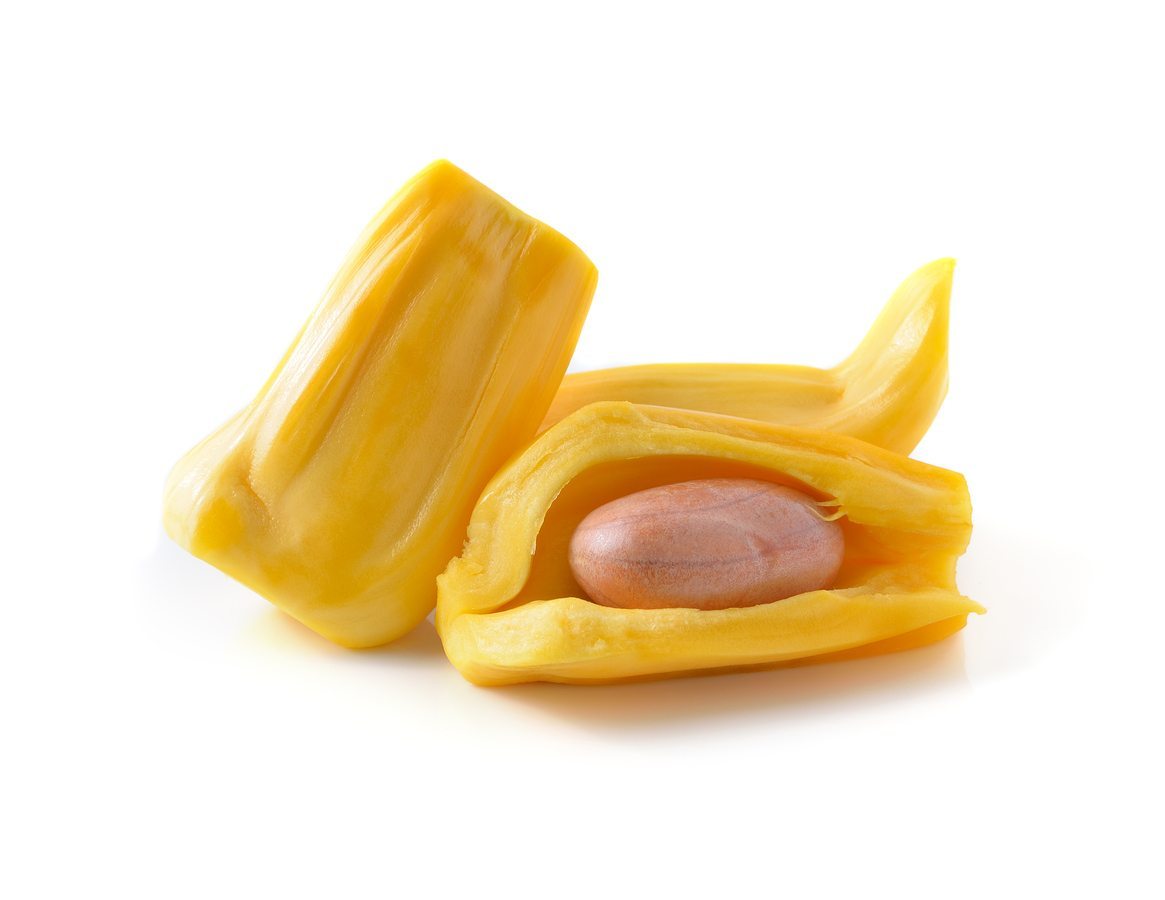 Can I Grow Jackfruit From Seed – Learn How To Plant Jackfruit Seeds
Can I Grow Jackfruit From Seed – Learn How To Plant Jackfruit SeedsJackfruit is a large fruit that grows on the jackfruit tree and has recently become popular in cooking as a meat substitute. If you are thinking of growing jackfruit from seeds, there are a few things you need to know. This article can help get you started.
By Mary Ellen Ellis
-
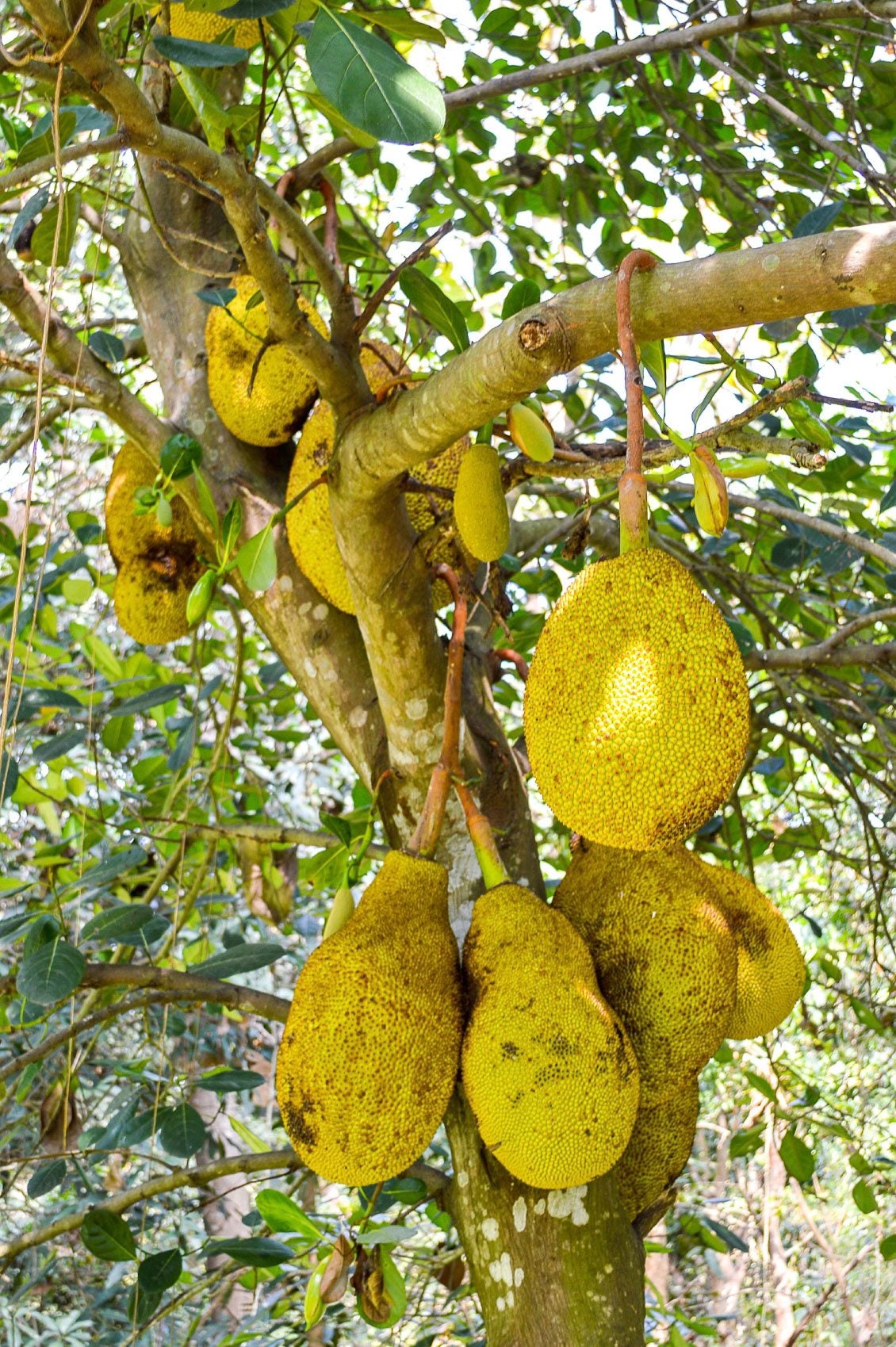 Jackfruit Tree Info: Tips For Growing Jackfruit Trees
Jackfruit Tree Info: Tips For Growing Jackfruit TreesYou may have seen a large, spiny fruit in the produce section of a local Asian or specialty grocer and wondered what it could be. It's a jackfruit. What is a jackfruit? Read here to learn about this exotic fruit.
By Amy Grant